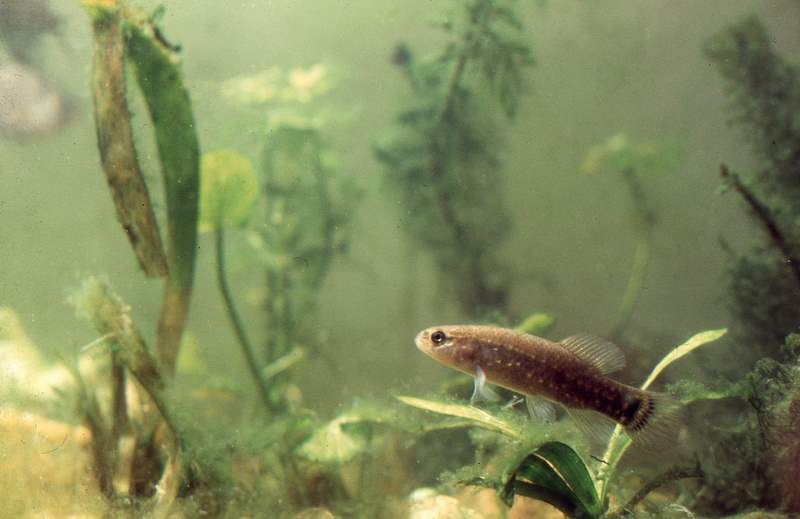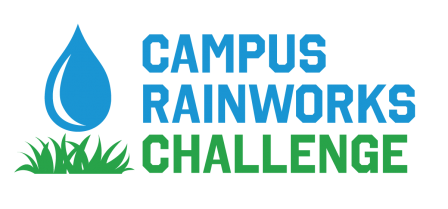 Nitrogen has been the subject of several studies over the last month. On Nov. 12, the U.S. Geological Survey (USGS) released a study showing that efforts to reduce nutrient and sediment delivery to the Chesapeake Bay may be delayed due to the slow speeds at which groundwater moves.
Nitrogen has been the subject of several studies over the last month. On Nov. 12, the U.S. Geological Survey (USGS) released a study showing that efforts to reduce nutrient and sediment delivery to the Chesapeake Bay may be delayed due to the slow speeds at which groundwater moves.
This particular study focuses on nitrogen from the Delmarva Peninsula, which forms the Eastern Shore of the Chesapeake Bay. Researchers found that more than two-thirds of nitrogen is affected by how slowly nutrients move through underground aquifers. The travel times can range from less than a year to centuries, with the median time being 20 to 40 years.
Therefore, it may take several decades for practices aimed at improving water quality to achieve their full benefit. The results indicated nutrient management strategies implemented over the last decade are working. However, without additional management practices the study forecasts about a 12% increase in nitrogen loads from Delmarva to the Bay by 2050. The study provides several scenarios for reducing nitrogen to the water table and the amount of time needed to see improvement in the bay. The model predicts, for example, that reducing nitrogen loads to the water table by 25% would reduce loads to the bay by 13%.
“This new understanding of how groundwater affects water-quality restoration in the Chesapeake Bay will help sharpen our focus as many agencies, organizations, and individuals work together to improve conditions for fish and wildlife,” said Lori Caramanian, Department of the Interior deputy assistant secretary for water and science.
This lag effect also may be contributing to increasing nitrate levels in the Missouri and Mississippi rivers. Between 2000 and 2010, nitrate levels increased by 43% in the Missouri River and by 29% in the Mississippi river, according to a USGS study released on Oct. 30.
Nitrate increased at low streamflows throughout most of the Mississippi River basin, and groundwater is likely the dominant source of nitrate during low flows. It may take decades for nitrate to move from the land where it was applied, migrate through groundwater, and eventually flow into these rivers.
The study did present some good news in that nitrate levels in the Illinois River decreased by 21% and by 10% in the Iowa River between 2000 and 2010, representing the first substantial, multi-year nitrate decreases seen in the basin since 1980. In October, the European Union also reported modest decreases in nitrate pollution of ground and surface water between 2008 and 2011.
However, in a related study released Oct. 21, researchers from the University of Calgary and Université Pierre et Marie Currie, found that nitrogen fertilizer remains in agricultural soil and leaks toward groundwater much longer than previously thought. After three decades, 12–15% of isotopically labeled fertilizer nitrogen still resided in soil organic matter, and 8–12% was carried toward groundwater. Crops will continue to use the nitrogen remaining in the soil, and the excess will continue to be mobilized toward groundwater for another 50 years, researchers predicted. Based on the research, reducing nitrate contamination in groundwater could take longer than previously thought.





